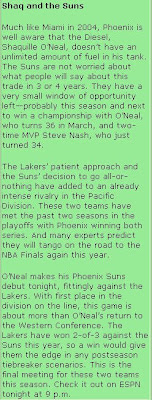The State of College Basketball
Sorry, Carolina. Not quite, California. Nice try, Indiana. But Tennessee is the best state in college basketball right now. You can argue about the best team—a debate that will be resolved with the tournament—but the Volunteer State reigns supreme among the 50 in the world of college basketball.
On Saturday, the University of Tennessee traveled to Memphis and knocked off the previously undefeated Tigers to unseat Memphis as the number one ranked team in the nation. Tennessee didn’t have long to celebrate their big win and first number one ranking in school history, though, as they traveled in state to visit conference rival Vanderbilt on Tuesday.
The Volunteers were defeated 72-69, and the game wasn’t even as close as the final score. While the win may make Bruce Pearl’s stop atop the polls a short one, Vanderbilt should move up in the rankings. They are currently ranked 18th in the AP poll and 14th in the USA Today/ESPN poll. It’s not unthinkable that the Commodores could soon join Memphis and Tennessee to give the state three teams in the top 10 in the country. The shakeup in the Volunteer State has me wondering if Tennessee is college basketball’s best state today.
A closer look at the rankings shows that the state of Tennessee is among exclusive company. Only three states currently feature at least three teams in the top 25: California, Indiana and Tennessee. While Indiana leads the way with four teams in the top 25, none is ranked higher than 12th. California has two teams in the top 10, UCLA and Stanford. But it’s only other ranked team is St. Mary’s College at 25 in the AP poll.
Both Memphis and Tennessee have a viable shot at a number one seed in the NCAA Tournament. The state’s third team, Vanderbilt has a chance to earn as high as a number three seed with a strong finish in conference.
That’s enough for me to give Tennessee, the rocky top position among all the states playing college basketball today.



